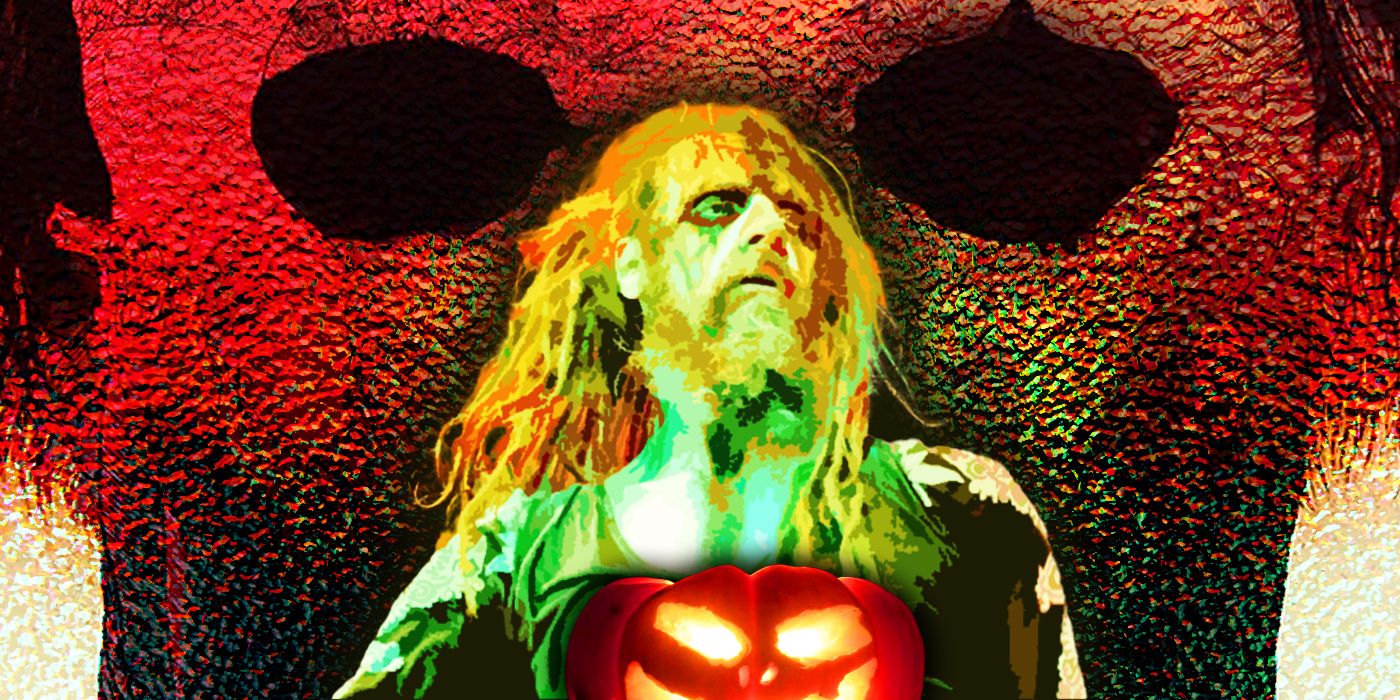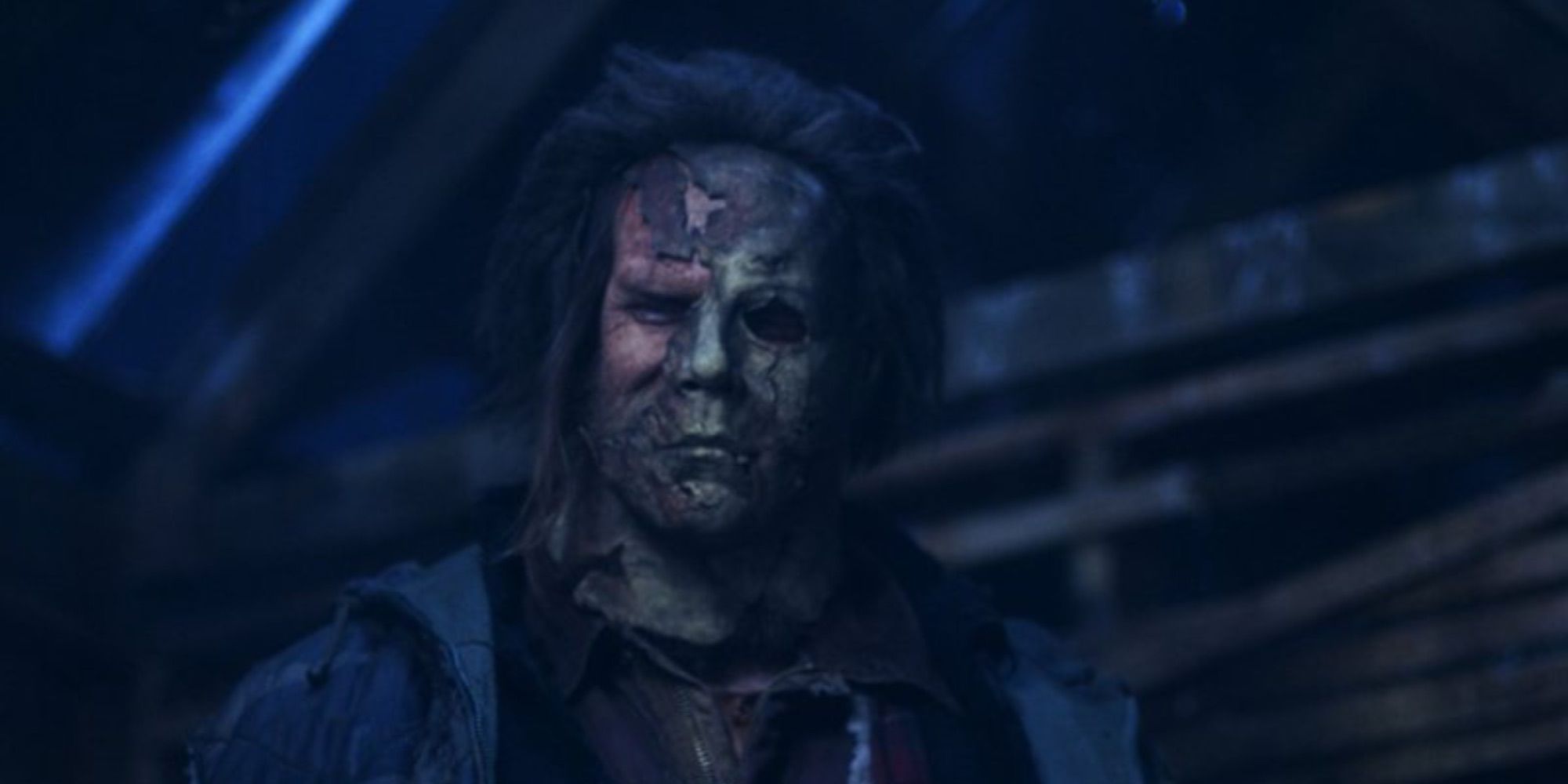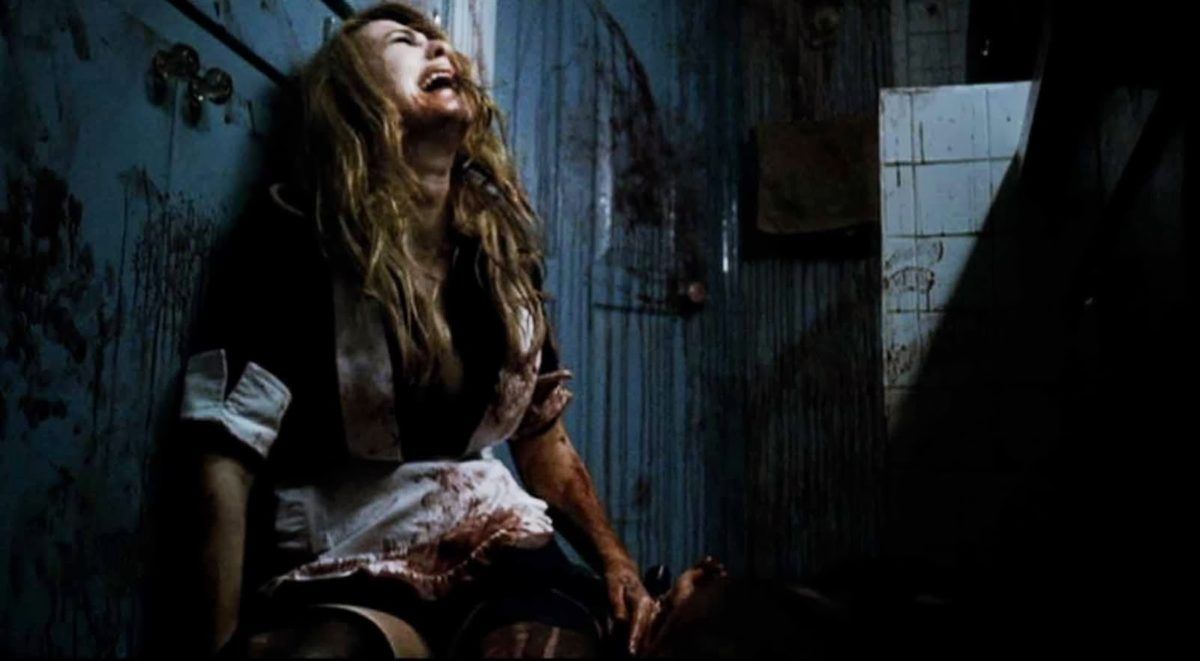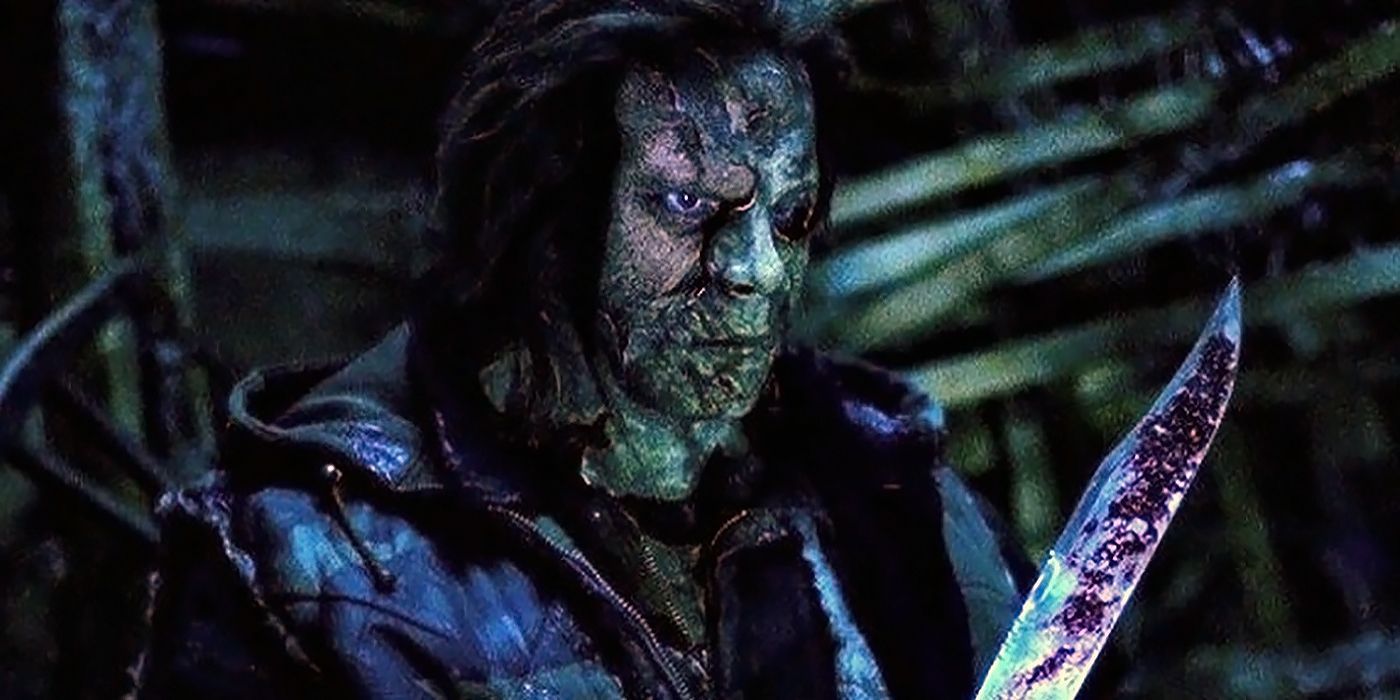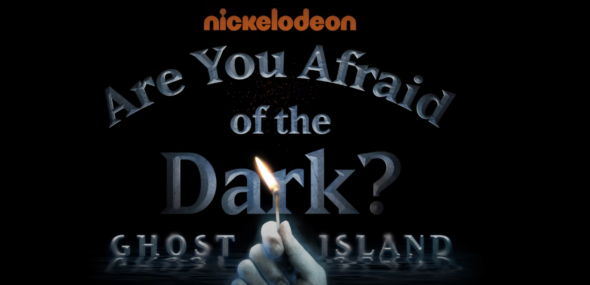The David Gordon Green Halloween movies have taken The Shape to new heights at the box office. Before 2018, no Halloween feature had ever cracked $85 million at the domestic box office (not adjusting for inflation). But here was the 2018 Halloween title just bursting through the $150 million barrier in North America like nobody’s business. Halloween is big business at the modern box office, which can make it strange to remember how this franchise struggled to get back on its feet between Rob Zombie’s Halloween II and the 2018 Halloween. In that nearly decade-long interim period, though, the Halloween franchise went through a real rough patch as a slew of new stabs at making a 21st century Halloween movie were conceived and then promptly abandoned.
Even though Halloween II was a disappointment at the box office, news of a sequel came just a few days after its theatrical debut from The Weinstein Company, which distributed this title and had controlled the Halloween franchise since the 1990s. The plan for this project, which was titled Halloween 3D, was to work with a new filmmaker to bring a fresh flavor to this long-running franchise and to hit movie theaters in the summer of 2010. The plan was ambitious, especially considering that Halloween II didn’t seem to indicate much enduring interest from moviegoers in more Halloween installments.
However, The Weinstein Company needed to keep Halloween movies in regular rotation on its slate of releases lest it lose rights to this franchise. Much like Sony with the Spider-Man characters, The Weinstein Company did not own the Halloween franchise wholesale. As explained by Malek Akkad in an interview with Bloody Disgusting, Akkad has a large share of ownership over the franchise thanks to his father Moustapha Akkad being a producer and financier on the original films. If The Weinstein Company didn’t keep making new Halloween titles, the rights to the franchise would go to Akkad and Miramax. A clock was ticking and The Weinstein Company had to keep making new Halloween installments, poor box office be damned.
At the end of September 2009, news emerged that The Weinstein Company had hit pause on Halloween 3D, which was going to be directed by Patrick Lussier and start shooting just two months later. Rumors swirled around this development as an indicator that The Weinstein Company was in poor financial health long-term, though studio insiders maintained that executives just felt that Halloween 3D was being rushed and needed more time to come together. Even with the tremendous incentive to get this franchise back on sturdy ground, any future plans for the Halloween franchise were put on hold. The Shape would have to wait to slaughter again.
Screenwriter Todd Farmer would later reveal what the plan was for the plot of Halloween 3D, which was intended to be a follow-up to Rob Zombie’s Halloween II that took the franchise more to its classical roots. After noting that the screenplay was produced in just ten days to accommodate his and Lussier’s commitment to directing Drive Angry in January 2010, he revealed that Halloween 3D opened with ten minutes of footage presented in 2D. However, once things switched to the point-of-view of Laurie Strode, the film would be brought into the third dimension.
The ensuing plot would’ve followed Strode in an insane asylum, featured a scene where Michael trades his mask from the Zombie movies for his classic mask, and Myers pursuing a plan to break Strode out of the asylum. By the end, Strode and Myers would’ve been reunited, but the Strode would die, though Farmer’s script left it ambiguous as to whether she ends up dying at her brother’s hand or if she killed herself. The movie would’ve also contained a pair of explicit nods to Halloween III: Season of the Witch by having Tom Atkins (an actor from that film) playing a new actor and a brief appearance of the Silver Shamrock commercial.
The concepts behind Halloween 3D are intriguing. However, there are some worrisome aspects of Farmer and Lussier’s vision for this feature, namely trying to juggle both the Zombie and classic versions of Halloween in one movie. Whereas the 2018 Halloween movies onward would just stick to the continuity of the very first film, Halloween 3D was aiming to please everyone by bringing a multitude of influences to the table. Far more worrisome was the planned schedule for this motion picture. Having to rush this film in every aspect just to get it out in time for a projected summer 2010 release wouldn’t have done anybody any favors. Any of the several compelling elements in this vision for Halloween 3D would’ve surely been stamped out by the rushed schedule.
These concerns turned out to be a non-issue since Halloween 3D died on the vine before Halloween 2009 ever rolled around. It would take until the summer of 2011 for more news on another Halloween movie. This is when The Weinstein Company set up an October 26, 2012 release date for a new Halloween movie. Ben Collins and Luke Piotrowski, the screenwriters behind the 2022 Hellraiser movie, pitched a stripped-down reboot of the Halloween franchise to The Weinstein Company in 2012 that was modeled after Drive and No Country for Old Men. However, this and any other pitches around this time for where the Halloween franchise could go never went forward. This Halloween installment would never make that October 2012 release date.
In 2013, Josh Stolberg, who’d penned scripts for Halloween sequels decades earlier, tried his hand at updating one of his old screenplays to make a new follow-up in this franchise called Halloween: Asylum. However, difficulties in figuring out where this movie would lie within the vast and often contradictory continuity of the Halloween saga doomed this project. This particular dead-end exemplified a problem the Halloween franchise kept running into. Trying to make new stories within the labyrinthine continuity of the Halloween series was a Herculean task that nobody could quite crack.
It also didn’t help that The Weinstein Company was in constant financial turmoil, which further jeopardized the possibility of this movie getting off the ground. Headlines about the studio’s difficulties with securing cash followed The Weinstein Company around for most of its existence but rumors and developments related to its financial turmoil became louder than ever as the 2010s went on. Even if the studio had the perfect script for another Halloween movie, it was uncertain if there was going to be enough movie to shoot and then promote it.
By 2014, Halloween 3D was back on the table and now the plan was to make it a direct sequel to Rob Zombie’s Halloween II, complete with Scout Taylor-Compton reprising her role as Laurie Strode. This was a bold strategy on countless fronts, especially since digital 3D was losing a lot of its luster with mainstream audiences by 2014, and it had been five years already since Halloween II had dropped into theaters. Were moviegoers still on the edge of their seats waiting to see what happened next? To give an idea of how long it had been, Halloween II debuted just two months before the first Paranormal Activity hit theaters. This news about Halloween 3D was arriving just a few months after Activity’s fourth sequel, Paranormal Activity: The Marked Ones, hit movie theaters.
In Farmer’s breakdown of his abandoned pitch for Halloween 3D from 2009, he revealed that he’d also been brought back to come up with concepts for the sequel in 2014. Harvey and Bob Weinstein both were insisting that this movie be told through the found-footage format, which inspired Farmer to pitch a version of the film that would make things really meta. The entire movie would be presented like a mockumentary and focus on the filmmakers and actors shooting Halloween 3D…until people in the crew begin to get murdered. It was a bold concept for a movie, but it never got past the drawing board stage.
The very last major attempt by The Weinstein Company to get a Halloween movie off the ground was from screenwriters Patrick Melton and Marcus Dunstan. The latter figure would eventually be selected to direct the movie, which would have followed up only Halloween and Halloween II from the 1970s and 80s. The film would’ve been set in a prison where Myers is set to be executed, only something goes awry and The Shape breaks loose. Though initially set to start filming in July 2015, by October 2015, Akkad revealed that disagreements between himself and Weinstein Company brass over the direction of the feature had caused what was now being called Halloween Returns to be put on pause.
Shortly after this news, word broke that The Weinstein Company, after holding onto the property for decades, no longer had the rights to the Halloween franchise. The property was back at Miramax where it would eventually be picked up by Blumhouse Productions, resulting in David Gordon Green’s eventual trilogy of Halloween movies. While none of the movies between Halloween II and 2018’s Halloween got off the ground, there are still a lot of valuable lessons to be taken from what they tried to do. Some of these lessons revolve around illuminating how difficult it was to get any project off the ground at The Weinstein Company while others reflect just how malleable Michael Myers is as a character. There are so many different creative visions and tones he can fit into. No wonder people keep pursuing new scary movies starring this knife-wielding psycho.
























































![Key Metrics for Social Media Marketing [Infographic] Key Metrics for Social Media Marketing [Infographic]](https://www.socialmediatoday.com/imgproxy/nP1lliSbrTbUmhFV6RdAz9qJZFvsstq3IG6orLUMMls/g:ce/rs:fit:770:435/bG9jYWw6Ly8vZGl2ZWltYWdlL3NvY2lhbF9tZWRpYV9yb2lfaW5vZ3JhcGhpYzIucG5n.webp)


